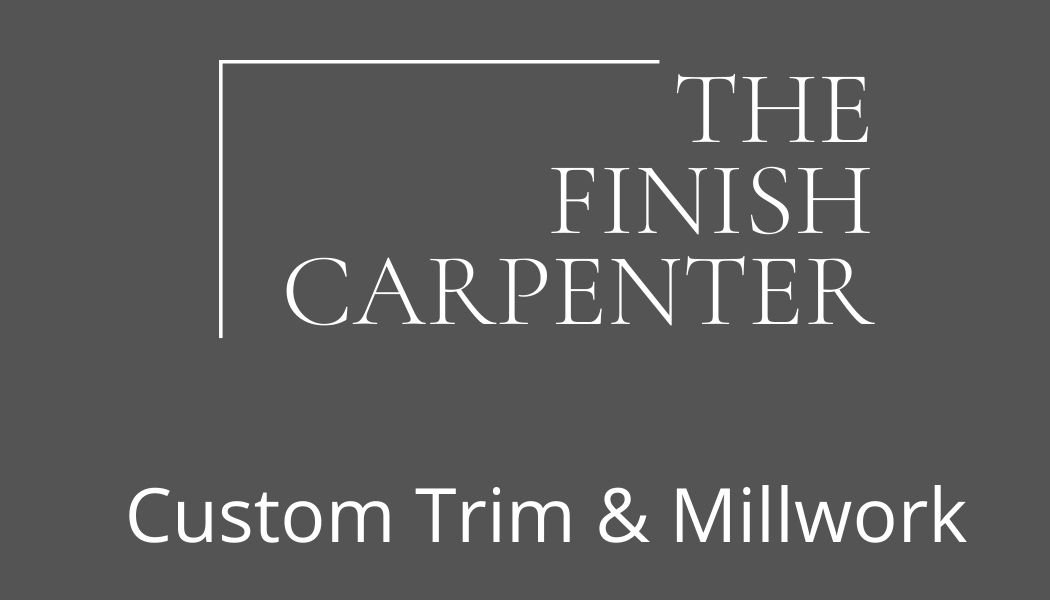Do custom built-ins need to cover the whole wall?
Built-ins do not necessarily need to cover the entire wall. The design and placement of built-in furniture depend on various factors, including the purpose of the built-ins, the available space, and the overall aesthetic goals.
Here are some considerations:
Functionality: Determine the primary function of the built-ins. If they are intended for storage, consider the items you need to store and design the built-ins accordingly. For example, if you need space for books, the built-ins may be designed as bookshelves, and they may not need to cover the entire wall.
Room Size and Layout: Take into account the size of the room and its layout. In smaller rooms, covering the entire wall with built-ins might make the space feel cramped. In larger rooms, you may have more flexibility in the design.
Aesthetic Goals: Consider the overall design aesthetic you want to achieve. Sometimes, having built-ins that only cover a portion of the wall can create a more balanced and visually appealing look. It also allows for other design elements, such as artwork or decorative features, to be incorporated into the space.
Flexibility: If you want the option to change the arrangement of furniture or if you are in a rental property, having built-ins that don't cover the entire wall provides more flexibility.
Budget: Building extensive built-ins can be more expensive than creating smaller, targeted pieces. Consider your budget and how much you are willing to invest in the built-ins.
In summary, custom built-ins can be customized to fit your specific needs and preferences. They don't have to cover the entire wall, and the design should align with the functional and aesthetic goals of the space.

